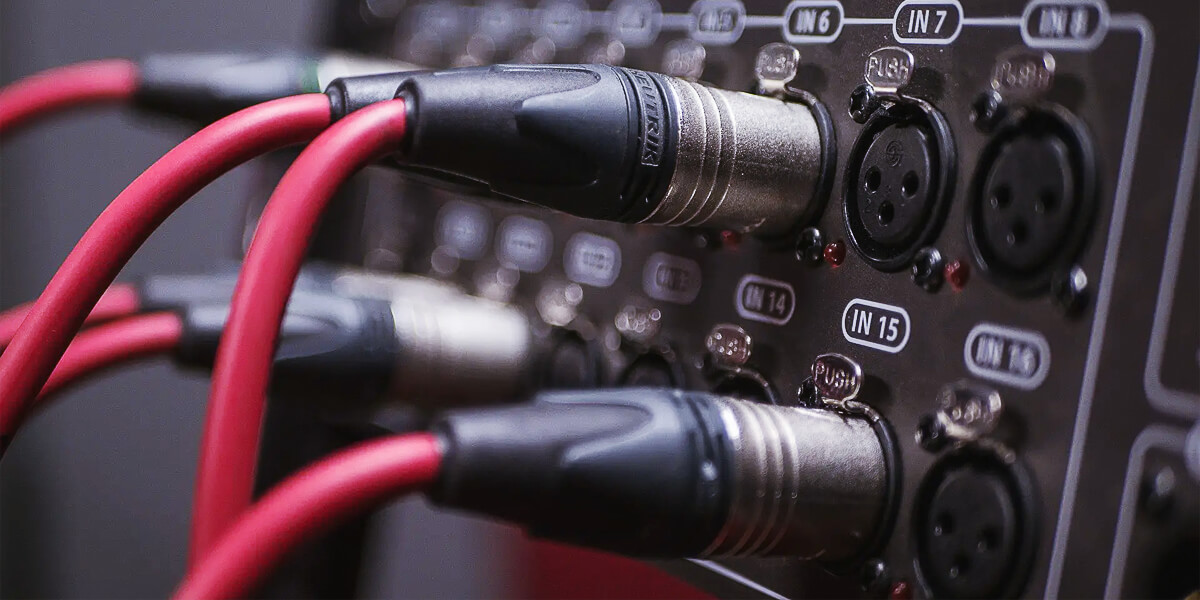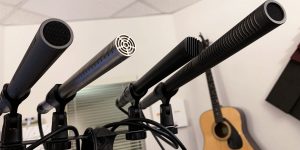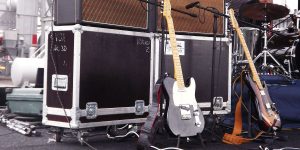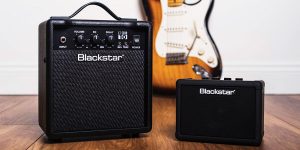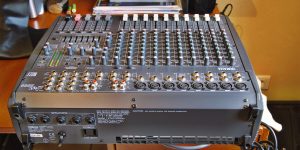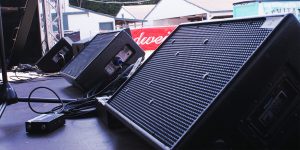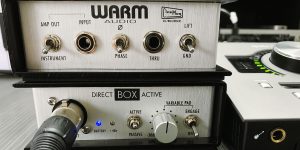Are you passionate about audio systems and looking to enhance your sound quality? Well, let me introduce you to a fundamental topic of audio gear: active vs. passive DI boxes. I have to note that understanding the differences between these two types is really important if you want to take your audio experience to the next level.
So, stick around, and let’s explore the realm of DI boxes and why they matter for your audio system.
What are DI boxes?
DI stands for “Direct Injection,” and DI boxes are handy devices used in audio systems. They help connect instruments, like guitars or keyboards, to audio systems, mixers, or recording equipment. In simple terms, DI boxes ensure your instrument’s sound is clean, balanced, and ready to rock!
Common uses for DI boxes in audio applications
- Live Performances: When performing on stage, DI boxes help eliminate buzzing or interference when connecting instruments directly to the audio system.
- Studio Recordings: In the studio, DI boxes provide a direct, noise-free connection between your instrument and the recording equipment. This allows for precise control over the instrument’s sound during the mixing and mastering process.
- Signal Longevity: If you have long cable runs between your instrument and the audio system, DI boxes help preserve the quality of your signal over a distance, preventing signal degradation or loss.
Overall, DI boxes are special devices that play a key role in achieving clean, balanced, and noise-free audio signals from your instruments.
Active DI boxes
Active DI boxes are a type of DI box that not only convert the signal from your instrument but also provide a boost of power and additional features. They have built-in preamps that amplify the instrument’s signal before it reaches the audio system or recording equipment.
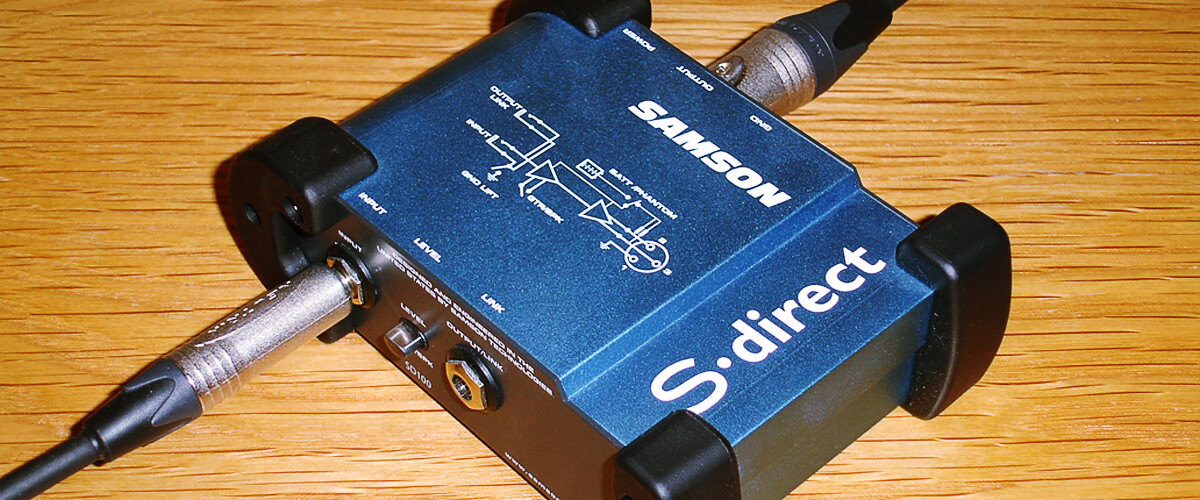
How active DI boxes work
Active direct boxes work by using the power from batteries or an external power supply to operate their preamps. This process not only boosts the signal but also helps to match the impedance of the instrument with the audio system, resulting in a cleaner and more balanced sound.
Advantages and disadvantages of active DI boxes
| Advantages | Disadvantages |
|---|---|
| Amplify low-output instruments | Require power source (batteries or external supply) |
| Maintain signal integrity over long cable runs | Additional cost for batteries or power supply |
| Provide impedance matching | Additional complexity with power requirements |
| Offer versatile features and controls | Potential reliance on power availability |
Situations when active DI boxes are preferable
Active DI boxes are my go-to choice in certain situations. For example, when I have low-output instruments, like certain types of electric guitars or bass guitars. These tools often produce weaker signals, and that’s where active DI boxes come to the rescue. Their built-in preamps help boost signal strength, ensuring a clean and robust sound.
Another scenario where active DI boxes excel is when I have to deal with long cable runs. As cables get longer, the signal weakens and loses quality. So then, active DI boxes provide signal amplification, compensating for signal loss during long cable runs.
Passive DI boxes
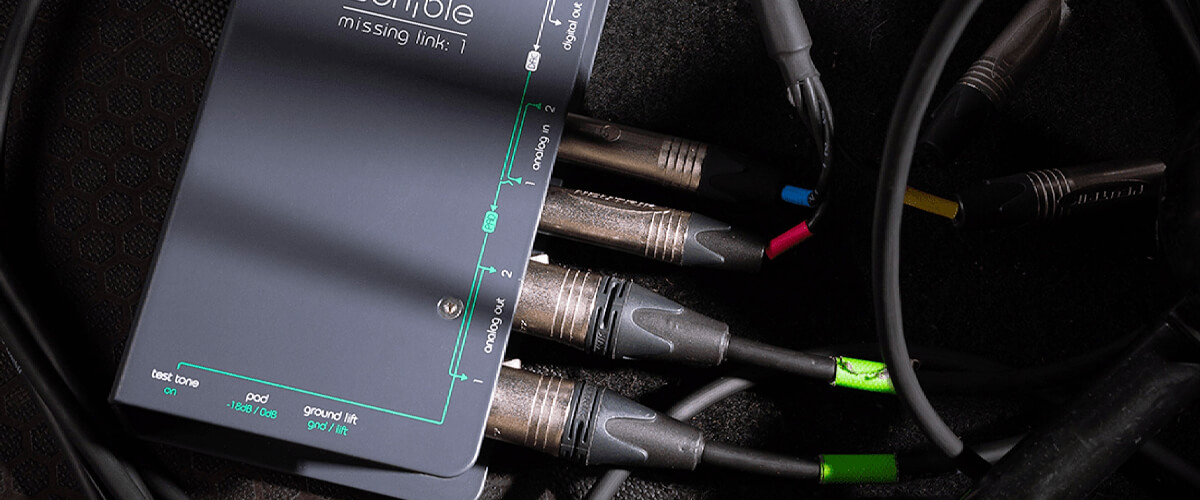
Passive DI boxes are special devices used in audio systems to connect instruments to mixers or recording equipment. They don’t require any external power source to work their magic. Simply, they ensure your instrument’s sound stays clean, balanced, and true to its original tone.
How passive DI boxes work
These devices work like signal transformers. They take the high-impedance signal from your instrument and pass it through a transformer, which reduces the impedance and balances the signal. This balanced, low-impedance signal is then sent to the audio system or mixer for further processing.
Advantages and disadvantages of passive DI boxes
| Advantages | Disadvantages |
|---|---|
| Simple operation | Limited signal-boosting capabilities |
| No need for an external power source | May not handle low-impedance instruments as effectively |
| Budget-friendly option | May introduce slight coloration or impedance mismatch |
| Reliable and durable |
Situations when passive DI boxes are preferable
First off, passive DI boxes are perfect when you want simplicity and reliability. Since they don’t require any external power source, you can simply plug in and play without worrying about batteries or power outlets.
Passive DI boxes are also great for handling high-level signals. If you have instruments with strong outputs, like active electric guitars or keyboards, a passive DI box can handle the signal without any distortion or overload.
Key differences between active and passive DI boxes
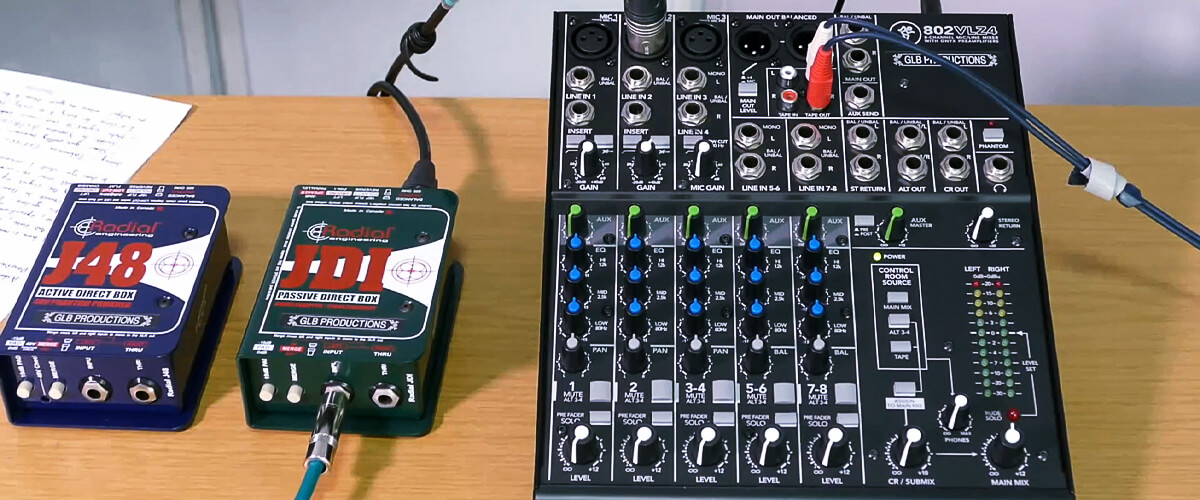
When it comes to active or passive DI boxes, understanding the key differences is important. These devices may look similar, but they operate differently and offer distinct features.
Which type of DI box is better for different scenarios
| Active DI boxes | Passive DI boxes |
|---|---|
| Suitable for situations where you need to amplify the signal | A cost-effective solution without compromising on sound quality |
| The best choice when dealing with instruments with low output levels | Straightforward to use |
| Handle a wide range of input signals | Withstand the rigors of live performances |
| Universal and suitable for various audio systems | Maintain the natural tone and character of your instrument |
Consider factors like budget, the nature of your instruments, the complexity of your setup, and the desired sound characteristics. By understanding the differences and benefits of active and passive DI boxes, you can make an informed decision and choose the one that best suits your audio requirements.

